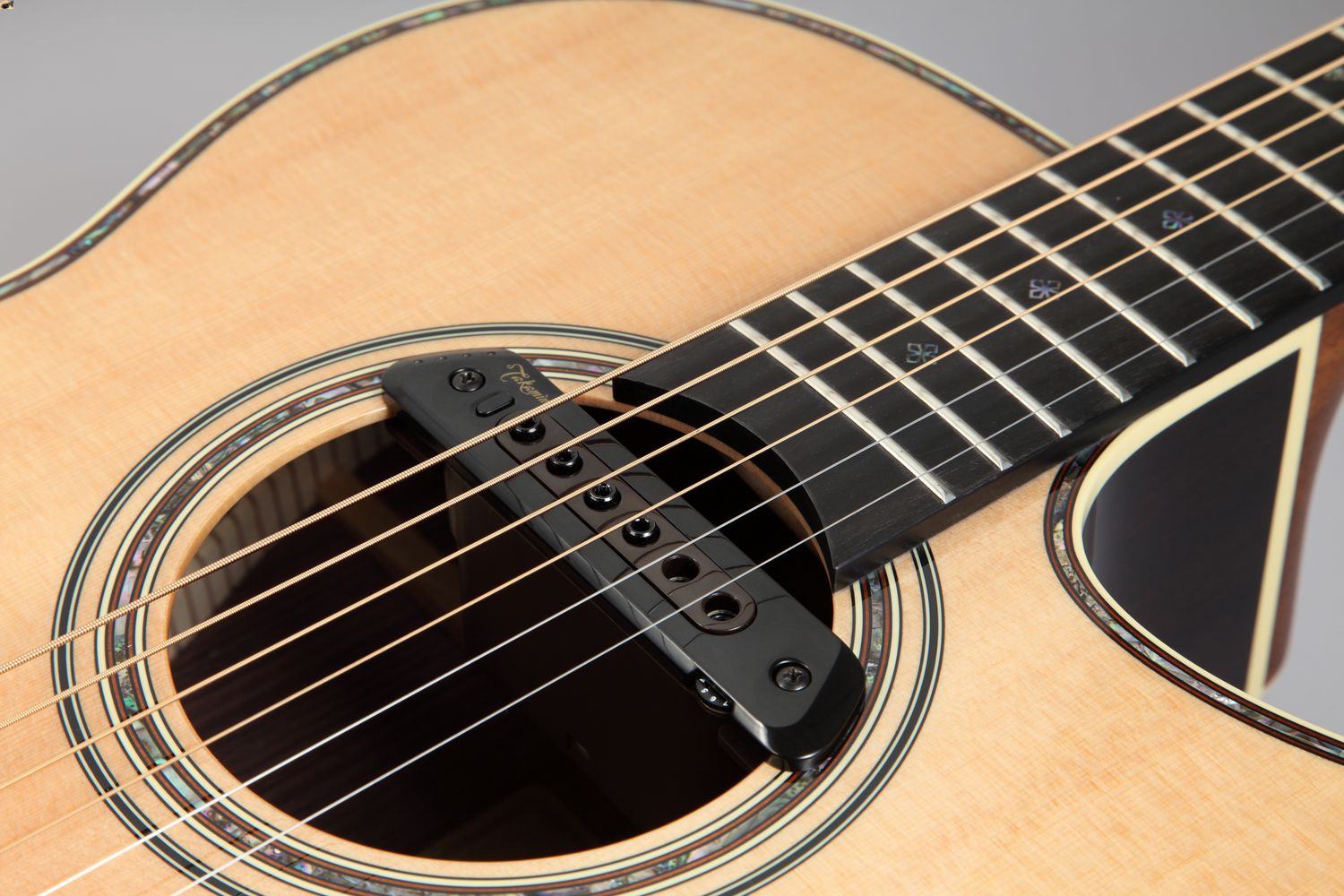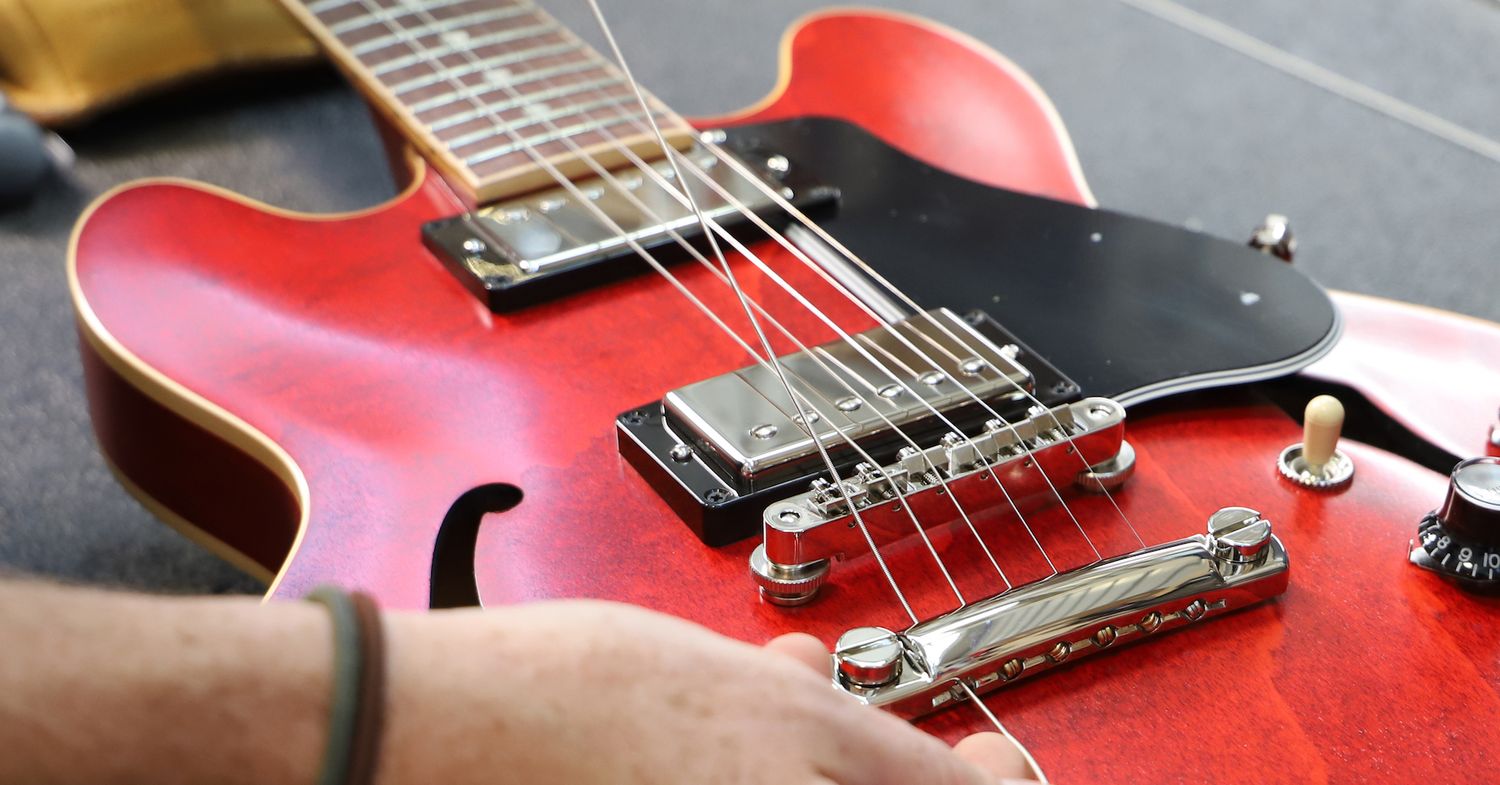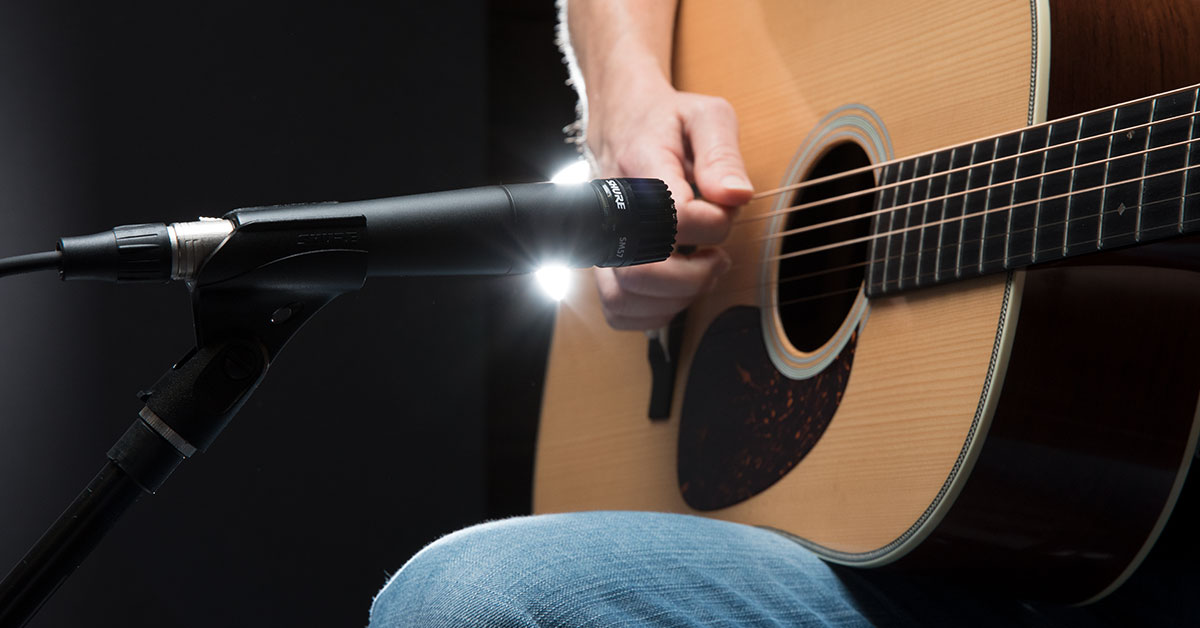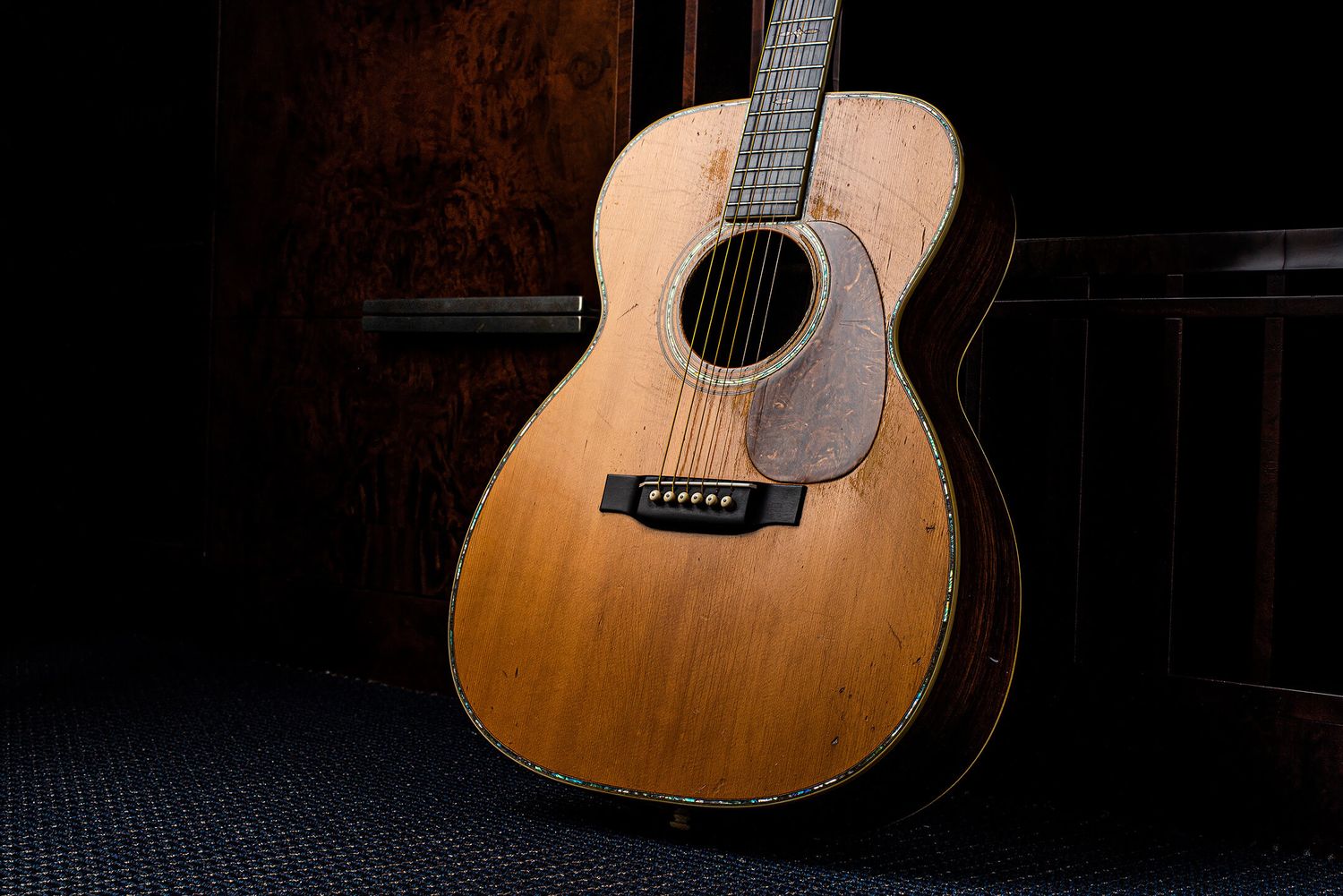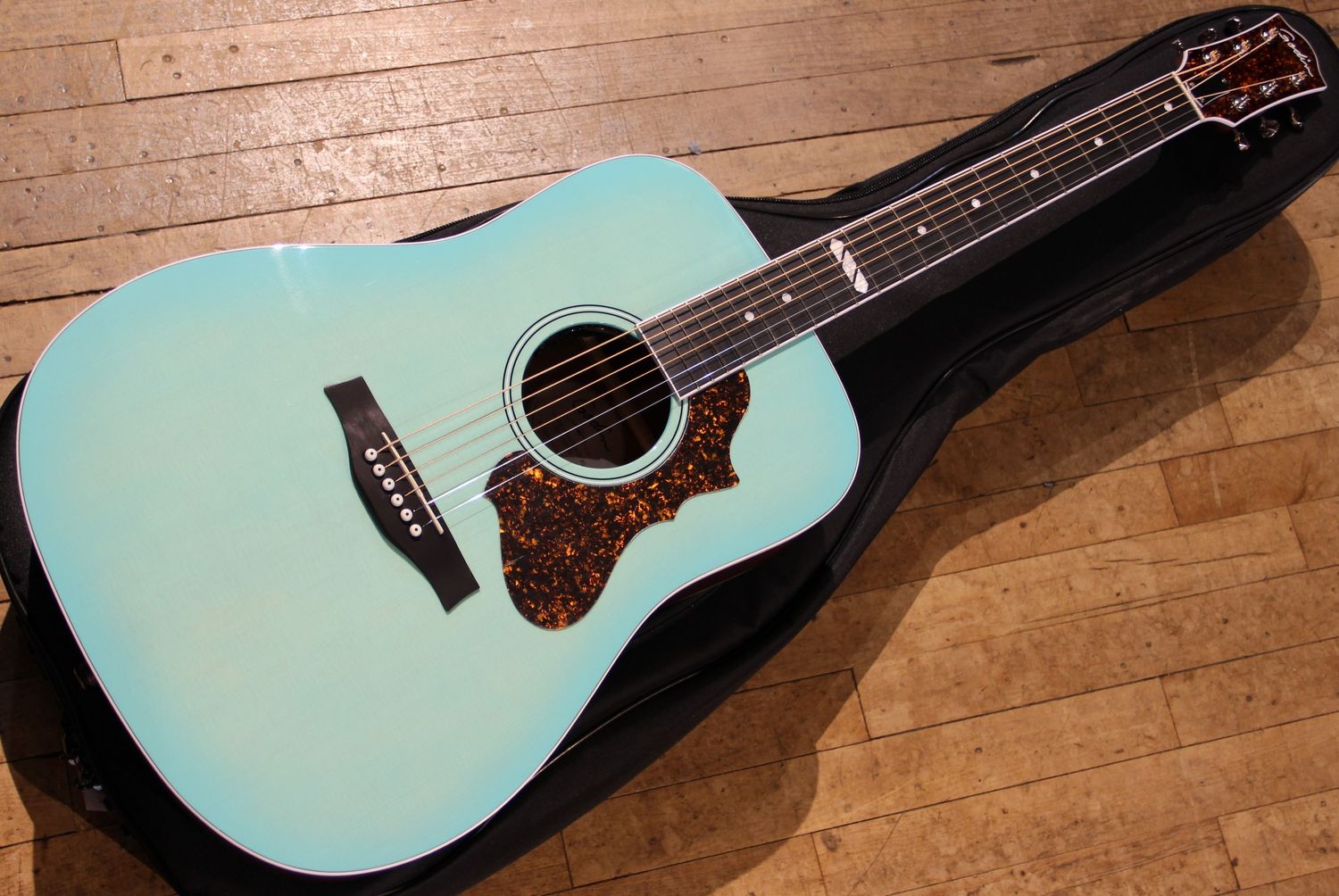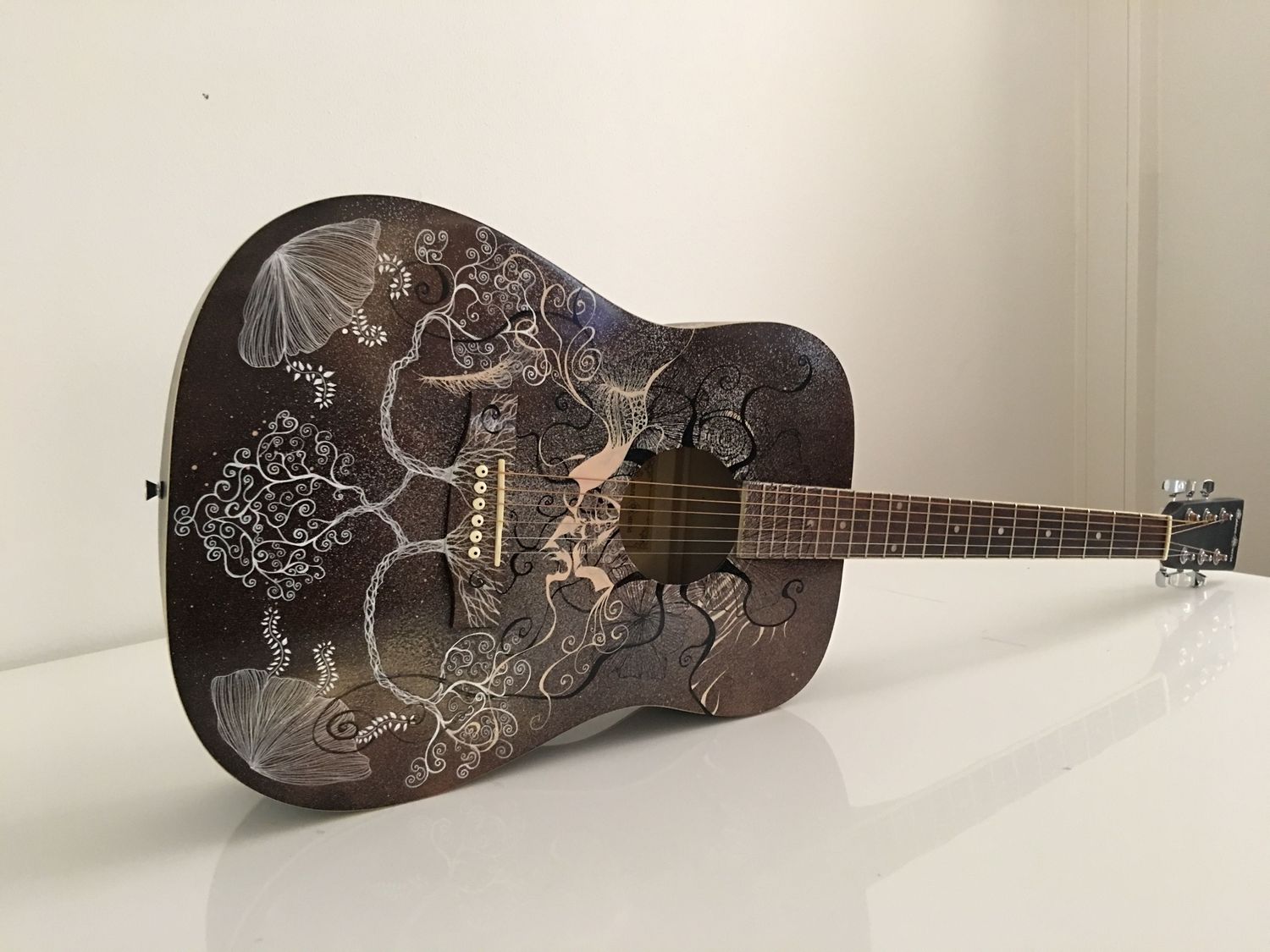Home>Production & Technology>Acoustic>Why Do Acoustic Guitars Sound Better With Age
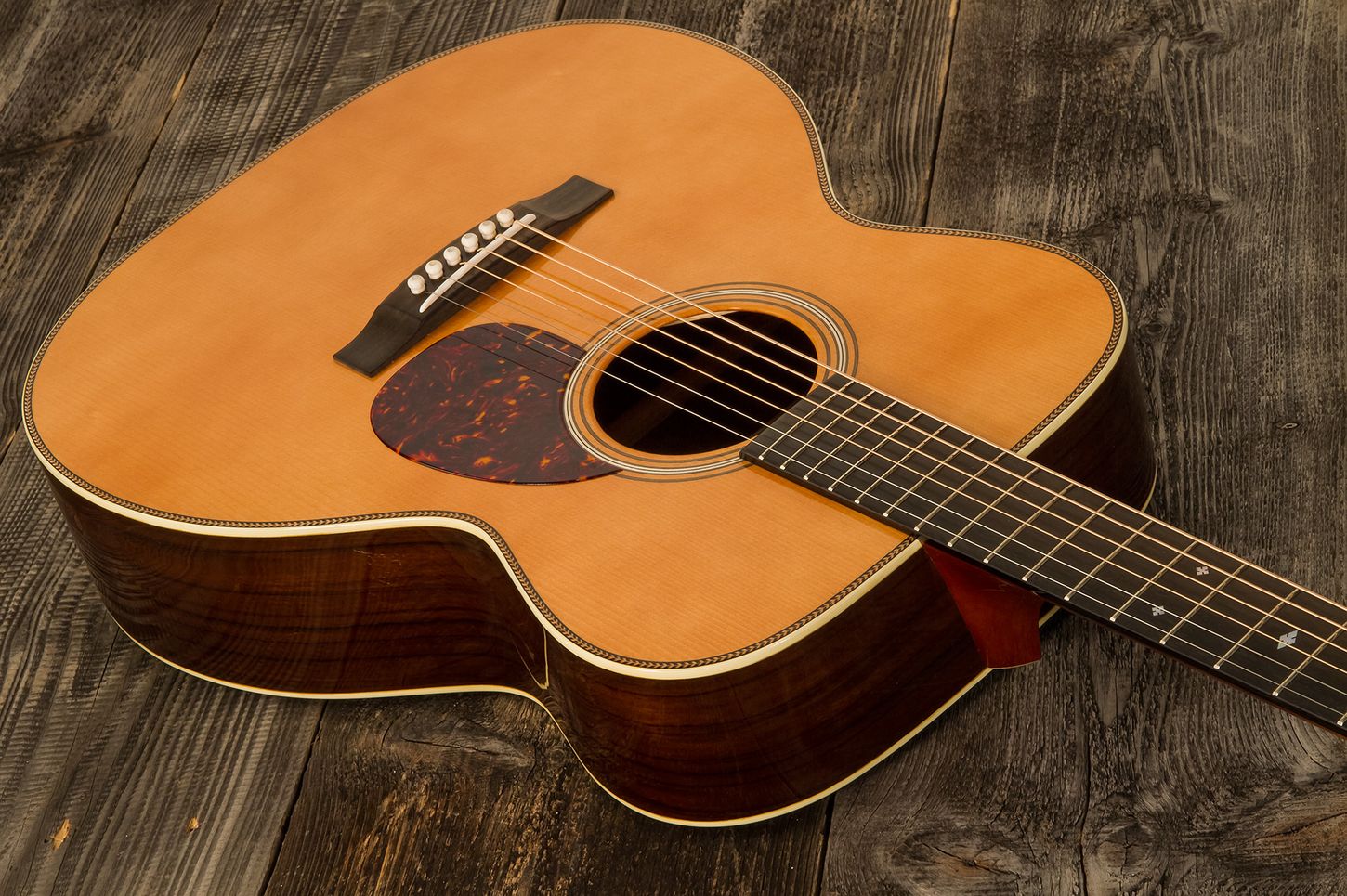

Acoustic
Why Do Acoustic Guitars Sound Better With Age
Published: March 11, 2024
Discover the secret behind the rich, mature sound of acoustic guitars as they age. Uncover the unique qualities that make vintage acoustic guitars so special. Explore the science and beauty of acoustic guitar aging.
(Many of the links in this article redirect to a specific reviewed product. Your purchase of these products through affiliate links helps to generate commission for AudioLover.com, at no extra cost. Learn more)
Introduction
Acoustic guitars have a certain allure that transcends generations. They possess a unique quality that seems to improve with time, much like a fine wine or a cherished antique. The phenomenon of acoustic guitars sounding better with age is a topic that has intrigued musicians and enthusiasts for decades. It's a captivating notion that prompts us to delve into the science and artistry behind this remarkable transformation.
The allure of a vintage acoustic guitar lies not only in its aesthetic appeal but also in its rich, resonant sound. As the years pass, these instruments seem to develop a warmth and depth that captivates the ears and hearts of musicians and listeners alike. This transformation is not merely a figment of imagination; it is rooted in the physical properties of the materials and the intricate interplay of forces within the instrument.
In this article, we will embark on a fascinating journey to unravel the mysteries behind the enchanting phenomenon of acoustic guitars sounding better with age. We will explore the scientific principles that underpin this process, shedding light on the intricate relationship between wood, vibrations, and the passage of time. By delving into the realms of acoustics and craftsmanship, we aim to gain a deeper understanding of why these timeless instruments continue to captivate us with their evolving, mellifluous tones.
Join us as we embark on a captivating exploration of the science and artistry behind the aging of acoustic guitars. Through this journey, we will uncover the secrets that imbue these instruments with a soulful resonance that only grows more enchanting with each passing year.
The Science Behind Aging
The enigmatic process of an acoustic guitar improving with age is a captivating phenomenon that has intrigued musicians and enthusiasts for generations. At the heart of this captivating transformation lies the intricate interplay of scientific principles that govern the behavior of wood and the dynamics of sound. Understanding the science behind the aging of acoustic guitars unveils a world of fascinating phenomena that contribute to the instrument's evolving tonal qualities.
One of the key factors contributing to the improved sound of an aging acoustic guitar is the physical aging of the wood. As the wood matures, it undergoes subtle yet significant changes in its structural composition. Over time, the cellular structure of the wood can undergo a process of crystallization, leading to a phenomenon known as "cellular polymerization." This process results in a more rigid and resonant wood structure, which in turn contributes to the enhanced tonal characteristics of the instrument.
Furthermore, the aging process leads to a reduction in the overall moisture content of the wood. This gradual drying out of the wood results in a lighter and more acoustically responsive material. The reduction in moisture content can lead to a more pronounced and resonant sound, as the wood becomes more adept at transmitting and amplifying the vibrations produced by the strings.
In addition to the physical changes in the wood, the aging process also influences the behavior of the guitar's components, such as the bracing and the glue joints. As these elements mature, they undergo subtle transformations that can have a profound impact on the instrument's tonal characteristics. The aging of the glue joints, for instance, can lead to a more efficient transfer of energy between the various components of the guitar, resulting in a more cohesive and harmonious sound.
Moreover, the aging of the guitar's finish can also play a role in enhancing its tonal qualities. As the finish ages, it undergoes a process of oxidation and crystallization, which can contribute to a more open and resonant sound. The gradual thinning of the finish over time can also allow the wood to vibrate more freely, further enhancing the instrument's tonal complexity.
In essence, the science behind the aging of acoustic guitars is a multifaceted tapestry of physical and chemical processes that converge to imbue these instruments with a soulful resonance that only grows more enchanting with time. By unraveling the intricate mechanisms at play, we gain a deeper appreciation for the captivating transformation that unfolds within these timeless instruments as they journey through the passage of time.
Wood and Tone
The relationship between wood and tone in acoustic guitars is a captivating interplay of physical and acoustical properties that contribute to the instrument's evolving tonal characteristics. The type of wood used in crafting an acoustic guitar plays a pivotal role in shaping its sound, and as the instrument ages, the wood undergoes subtle yet significant transformations that further enhance its tonal complexity.
The choice of tonewoods, such as spruce, cedar, mahogany, and rosewood, profoundly influences the instrument's sonic profile. Each type of wood possesses unique acoustic properties that contribute to the guitar's overall tonal palette. For instance, spruce is renowned for its clarity and projection, while cedar is prized for its warmth and responsiveness. Mahogany, with its rich midrange and pronounced sustain, adds depth and resonance to the instrument's sound, while rosewood contributes to a lush, complex tonal character.
As an acoustic guitar ages, the cellular structure of the wood undergoes a process of crystallization, leading to a phenomenon known as "cellular polymerization." This process results in a more rigid and resonant wood structure, which in turn contributes to the enhanced tonal characteristics of the instrument. The aging of the wood also leads to a reduction in its overall moisture content, resulting in a lighter and more acoustically responsive material. This reduction in moisture content can lead to a more pronounced and resonant sound, as the wood becomes more adept at transmitting and amplifying the vibrations produced by the strings.
Furthermore, the aging process influences the behavior of the guitar's components, such as the bracing and the glue joints. As these elements mature, they undergo subtle transformations that can have a profound impact on the instrument's tonal characteristics. The aging of the glue joints, for instance, can lead to a more efficient transfer of energy between the various components of the guitar, resulting in a more cohesive and harmonious sound.
In essence, the evolving relationship between wood and tone in aging acoustic guitars is a testament to the intricate interplay of physical and acoustical phenomena. As the wood matures and the instrument undergoes subtle transformations, its tonal palette expands, imbuing the music it produces with a depth and richness that only grows more enchanting with the passage of time.
Playing and Vibrations
The interaction between a musician and an acoustic guitar is a dynamic interplay of energy and resonance, where the vibrations produced by the strings are transformed into soul-stirring music. As an acoustic guitar ages, the cumulative effects of playing and the resulting vibrations contribute to the instrument's evolving tonal qualities, adding a layer of complexity and depth to its sonic character.
When a guitarist plays an acoustic guitar, the strings set the instrument's soundboard and body into motion, generating a cascade of vibrations that reverberate through the wood. These vibrations interact with the tonewoods and the internal components of the guitar, such as the bracing and the glue joints, shaping the instrument's sonic profile with each passing note.
The process of playing an acoustic guitar creates a phenomenon known as "playing in," where the vibrations produced by the strings gradually influence the resonant properties of the instrument. As the wood and components of the guitar respond to these vibrations, they undergo subtle transformations that contribute to the instrument's tonal evolution. The repetitive cycles of tension and release exerted on the wood during playing can lead to a phenomenon known as "plastic deformation," where the wood adapts to the stress and gradually becomes more acoustically responsive.
Furthermore, the vibrations produced during playing can lead to a phenomenon known as "creep," where the wood undergoes slow, permanent deformation in response to the sustained stress of the vibrations. This gradual reshaping of the wood's structure can contribute to the instrument's tonal complexity, as the wood becomes more adept at transmitting and amplifying the vibrations produced by the strings.
The cumulative effects of playing and vibrations contribute to the instrument's tonal maturity, imbuing the music it produces with a richness and depth that only grows more captivating with time. As the guitar ages, the intricate interplay of playing and vibrations leaves an indelible imprint on its sonic character, shaping its tonal palette and infusing it with a soulful resonance that continues to captivate musicians and listeners alike.
In essence, the process of playing and the resulting vibrations represent a vital chapter in the captivating journey of an acoustic guitar's aging process. Through the dynamic interplay of energy and resonance, the instrument evolves, its tonal qualities enriched by the music that reverberates through its timeless wood and components.
Conclusion
The captivating journey into the enigmatic world of aging acoustic guitars has unveiled a tapestry of scientific, acoustical, and artistic phenomena that converge to imbue these timeless instruments with a soulful resonance that only grows more enchanting with time. From the physical aging of the wood to the dynamic interplay of playing and vibrations, the process of an acoustic guitar improving with age is a testament to the enduring allure of these cherished instruments.
As we reflect on the intricate mechanisms at play, it becomes evident that the aging of an acoustic guitar is a multifaceted transformation that transcends mere physical changes. It is a narrative of evolution, where the instrument matures and develops a depth and richness that captivates musicians and listeners alike. The aging process bestows upon the guitar a tonal complexity that adds a layer of nuance and character to the music it produces, enriching the sonic landscape with a warmth and resonance that only time can cultivate.
The relationship between wood and tone in aging acoustic guitars is a testament to the enduring legacy of craftsmanship and artistry. As the wood undergoes subtle yet significant transformations, the instrument's tonal palette expands, imbuing the music it produces with a depth and richness that only grows more enchanting with the passage of time. The evolving tonal characteristics of an aging acoustic guitar stand as a testament to the enduring legacy of craftsmanship and artistry, where the instrument's sonic identity matures and blossoms with each passing year.
In essence, the captivating phenomenon of acoustic guitars sounding better with age is a testament to the enduring allure of these cherished instruments. As the years pass, these instruments develop a warmth and depth that captivates the ears and hearts of musicians and listeners alike. The captivating transformation that unfolds within aging acoustic guitars is a testament to the enduring allure of these cherished instruments, where the passage of time bestows upon them a soulful resonance that continues to captivate us with its evolving, mellifluous tones.
In conclusion, the captivating journey into the science and artistry behind the aging of acoustic guitars has shed light on the enduring allure of these cherished instruments. As we unravel the mysteries behind their enchanting transformation, we gain a deeper appreciation for the captivating phenomenon of acoustic guitars sounding better with age. It is a testament to the enduring legacy of craftsmanship and artistry, where the passage of time bestows upon these timeless instruments a soulful resonance that continues to captivate us with its evolving, mellifluous tones.


